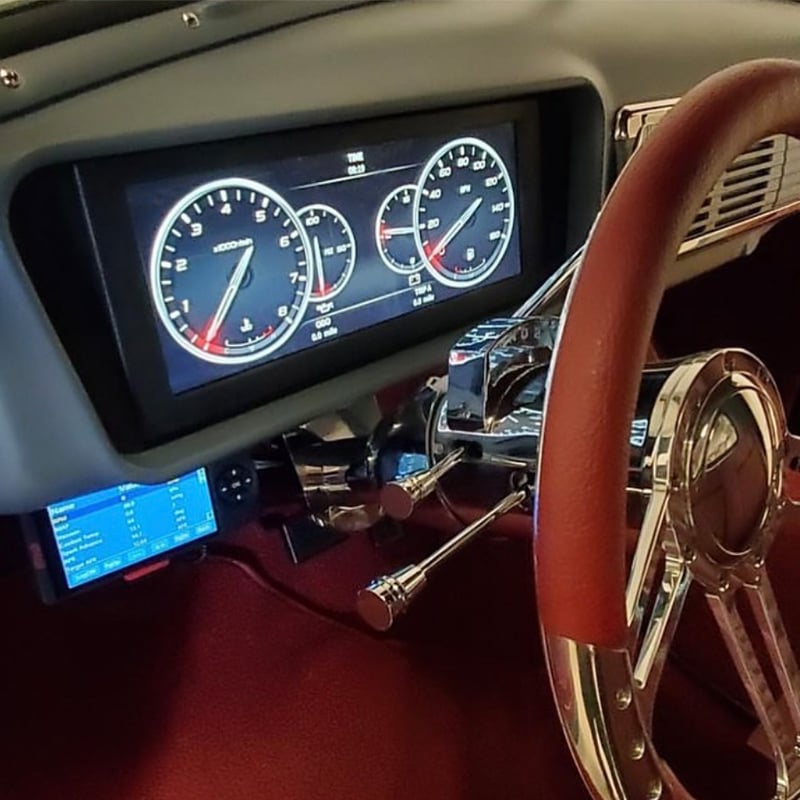Tech Talk
Vacuum/Boost Gauge or Boost Only Gauge?
Any gas engine will naturally produce measurable vacuum any time that it is running. This is the result of the down-sweep of the pistons while the intake valves are open. This is how it draws in the air/fuel mixture. When the throttle is closed, or only partly open, you will have a higher vacuum reading due to the restriction your throttle blade produces.
When under heavier throttle (higher percentage of throttle opening), you have lessened the amount of restriction, and air is able to flow more freely, hence a lower vacuum reading will occur.
Often times through the past, companies (including ourselves decades ago), including the OEM’s would market or sell an economy gas gauge which was simply a vacuum gauge. The higher the vacuum reading, the better mileage you would have, due to throttle opening.
Now, what is boost? If you are running a supercharger (for example), it is always turning, and always moving air, though it is not always creating “boost”. Boost is when the positive pressure of the super charger becomes greater than the negative pressure (vacuum) that the engine creates. Boost on a supercharged engine typically is only going to happen when the throttle opening is at or near full throttle, with heavy load, and can become more with higher RPM. Vacuum becomes zero, and pressure occurs, which is the result of the supercharger packing air/fuel into the cylinders. Boost on a turbocharged engine may come in much sooner than some supercharged engines, though (especially on a street car), the engine will still spend most of its time in vacuum.
How is this helpful? You can drive by vacuum for the most in economy, and also get to see when your boost transitions in (in relation to throttle opening and load), which can be helpful for tuning purposes. A vacuum gauge can also be an indicator of possible poor running conditions such as loose valve guides, leaky valves, etc. by means of a shaky vacuum pointer. A steady pointer that fluidly (smoothly) responds to throttle and load is preferred. A shaky or vibrating pointer is an indicator of a potential engine problem.
A boost gauge (boost-only) should only ever be considered on either a diesel application, as they do not produce vacuum and spend much time in boost, or on a blown race car that spends most of its life a quarter mile at a time at wide open throttle.
Installing a boost-only gauge on a gas engine, in most cases, will yield poor results and in some cases, might not even read under WOT. A typical boost-only gauge may not begin to respond until 5 psi. So, if you have a gas engine that spends most of its life in vacuum (as most will), and hardly any time under boost (comparatively), and makes only a few pounds of boost, you might never see the gauge move or read.




